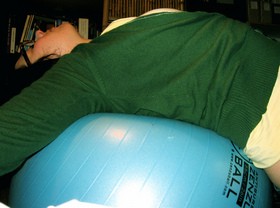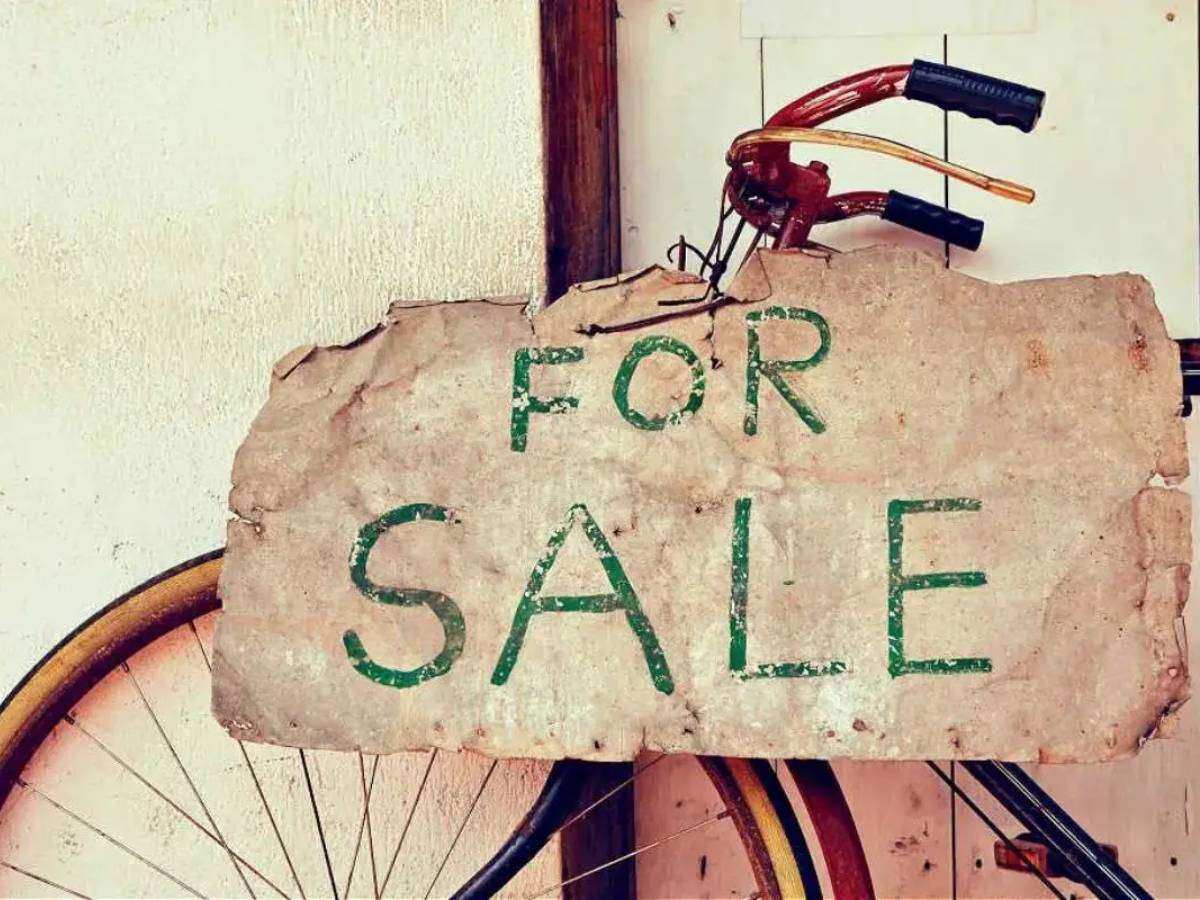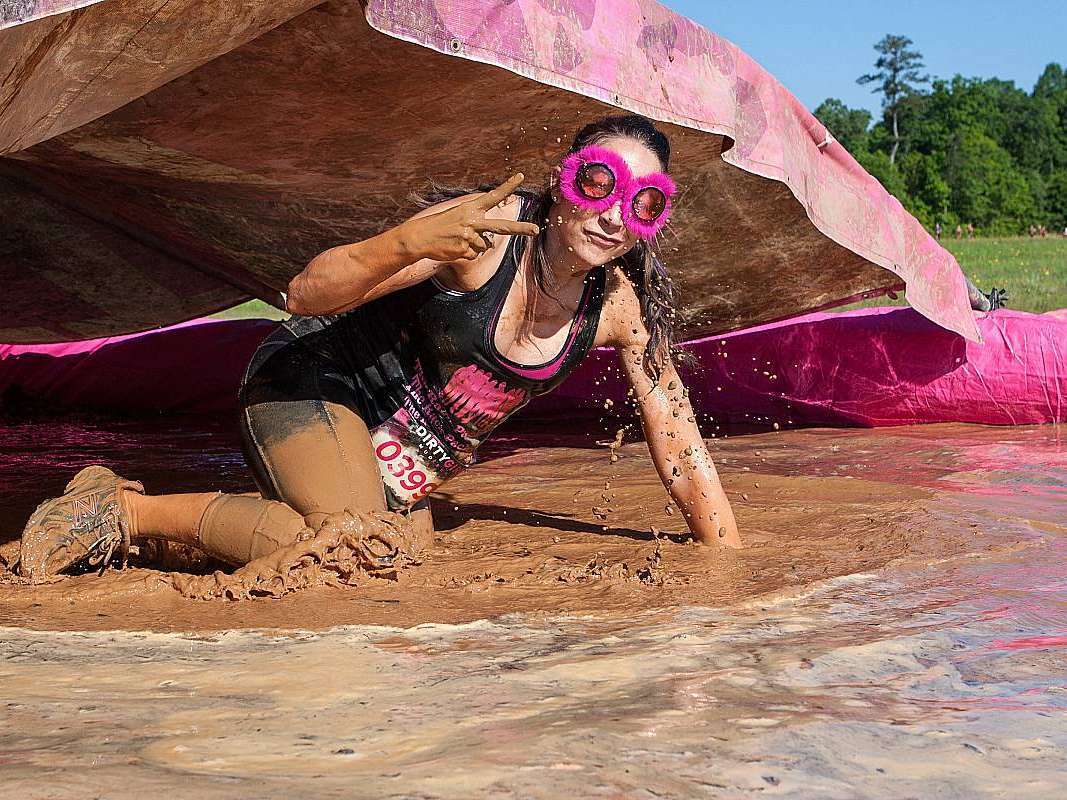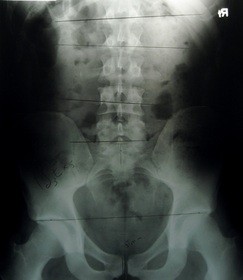 Between 2 and 6 million Americans suffer serious back pain every year. At some point in their lives, 4 out of 5 adults will suffer a pain severe enough to warrant medical care.
Between 2 and 6 million Americans suffer serious back pain every year. At some point in their lives, 4 out of 5 adults will suffer a pain severe enough to warrant medical care.
The sport of triathlon continues to grow by leaps and bounds. This has also raised the numbers in some unfortunate categories, such as the numbers of people in sports clinics and doctor’s offices with lower back problems. Resent research shows that the 2 primary risk factors for long-term back problems include sports-related injuries and overuse.
Initially, it was believed that triathletes would be associated with less overuse injury due to more balanced stress distribution in the musculoskeletal system. Unfortunately, this has not born out to be true.
In a study done among a group of Ironman triathletes, 91% of them had suffered at least one soft-tissue overuse injury during the previous year’s training. Spine injuries were most common, with 72% of the triathletes reporting low-back pain.
There are several reasons why the sport of triathlon may have a high percentage of cases of lower back problems among its athletes, including:
 The 40+ crowd
The 40+ crowd
Fueling the sport of triathlon are men and women who are 40 years of age and older.
Statistics show that in the general population two-thirds of adults will experience lower back problems at some point.
If that problem occurred somewhere in those previous 40 years, the newbie triathlete starts with a higher risk from previous injury.
 Biomechanical repetition
Biomechanical repetition
Let’s just take the cycling aspect of triathlon. On a 2-hour ride, you’ll make 10,800 crank revolutions. Your deep hip flexor that connects your lower back to the front of your hip is counting every single one!
Or consider the high-impact nature of running, and its impact on your lower back. It doesn’t take a rocket scientist to figure out that the high-repetition biomechanics of triathlon cycling and running places high stress on the lower back.
 Triathlete mistakes
Triathlete mistakes
- Poor bike fit
- improper bike positioning
- inadequate running shoes
- faulty running technique
- neglecting the need for rest and recovery
Those are all mistakes that can raise the risk that you are going to experience a lower back injury as a result of training and competing in triathlons.
 High Risk Limiters
High Risk Limiters
If your limiters (or weaknesses) as a triathlete are poor flexibility and weak core muscles, you are a lower back problem waiting to happen.
Well-developed, flexible back muscles help the spinal column absorb shock and help keep the discs stable during stressful movements.
 Denial
Denial
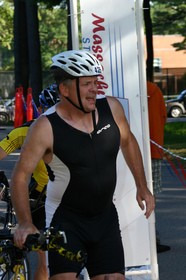 Unwise triathletes don’t listen to their bodies. Their fear of losing fitness or falling behind in training can sometimes cause them to ignore the warning signs of overuse or injury.
Unwise triathletes don’t listen to their bodies. Their fear of losing fitness or falling behind in training can sometimes cause them to ignore the warning signs of overuse or injury.
What otherwise could have easily been addressed through a couple extra days of rest and recovery or modified training sessions, instead becomes a major ordeal by further injury.
 Lifestyle factors
Lifestyle factors
Does your vocation involve a lot of sitting — like at a desk or in front of a computer? If so, consider this scenario: you work 8, 9, 10 hours, a lot of the time spent sitting, and then your triathlon training session for that day includes a 2-hour bike ride. That’s potentially a 12-hour day of sitting.
12 hours of sitting is prone to cause tightness in lower back muscles, which is a contributing factor for lower back problems. If you have a sitting job, you must make it a priority to regularly get up and walk around.
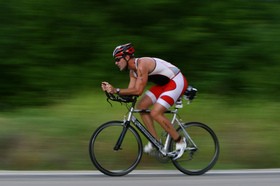 So, the smart triathlete reasons this out:
So, the smart triathlete reasons this out:
a. There is a significant risk for lower back problems among triathletes.
b. A serious lower back problem could very easily prevent me from accomplishing my triathlon desires and goals.
c. I would be stupid not to do those things I easily could do in order to prevent lower back problems.
10 Ways To Prevent Lower Back Problems As A Triathlete
1. Incorporate lower back stretching:
3. Have your local bike or multi-sports shop evaluate and adjust your bike fit.
4. Do a pre-sleep leg-to-chest stretch.
5. Stay hydrated.
Our bodies are comprised of approximately 70% water. Enough water keeps us fluid, rather than stiff. Drinking plenty of water enhances the height of intervertebral disks, keeping them the healthy shock absorbers they are.
6. Shed unnecessary weight.
For the spine, shedding excess weight helps avoids compression and loading of the intervertebral disks, and prevents postural abnormalities, such as anterior pelvic tilt.
7. Find a good sleep position.
Finding a sleeping position that works for you can help you avoid placing unnecessary strains on your back or neck. Sleeping on your side on a firm matress is also a recommended sleep scenario.
8. Purposely interrupt long periods of sitting.
If you sit for long periods of time, make yourself get up from your chair as much as your work environment will permit. Sitting loads the spine and compresses the disks, leading to disk problems. Slaving over a computer for long periods of time can also cause posture problems and neck problems.
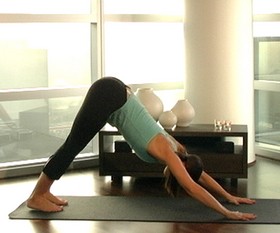 9. Add one significant lower back improvement activity to your life, such as massage therapy or a Yoga or Pilates class.
9. Add one significant lower back improvement activity to your life, such as massage therapy or a Yoga or Pilates class.
10. Use a chair that has good lumbar support. Use a pillow or rolled-up towel if necessary.
Treatment For Lower Back Pain
There is much to learn about the different causes of lower back pain.
The most common lower back injury for triathletes is a lower back strain. The injury to the back results in pain and inflammation. The pain and inflammation result in muscle spasms of the back muscles, which in turn result in more pain. Thus the initial treatment consists of rest, medications, and ice to relieve pain, inflammation, and muscle spasms.
Typically, non-steroidal anti-inflammatory medications, such as ibuprofen or naproxen are often recommended. Topical ointments may also be of some benefit. Pain relievers and muscle relaxants may be prescribed as necessary by your physician. Oral corticosteroids or injections of corticosteroids into the spot of the most muscle spasms or pain occasionally may be administered.
Treating low-back-strain with heat and cold therapy is common:
- Cold is used to relieve pain and reduce inflammation for acute and chronic cases. Cold should be applied for 10 to 15 minutes, every 2 to 3 hours for inflammation and pain and immediately after any activity that aggravates your symptoms. Use ice packs or an ice massage.
- Heat returns blood to the strained area, promoting healing. Heat may also be used before performing stretching and strengthening activities prescribed. Use a heat pack or pad, or a warm soak.
If your symptoms don’t improve or get worse after 2 to 4 weeks of treatment, it’s time to see a doctor or medical professional.
Numbness, weakness, or loss of bowel or bladder function would be another reason to seek professional help, or if new unexplained symptoms develop.

